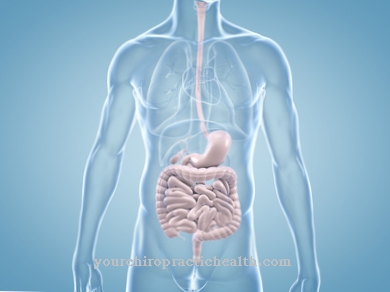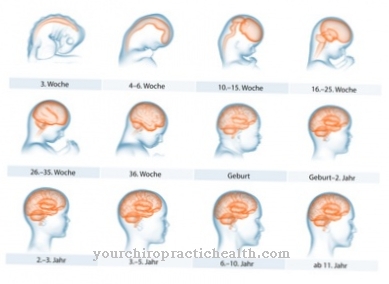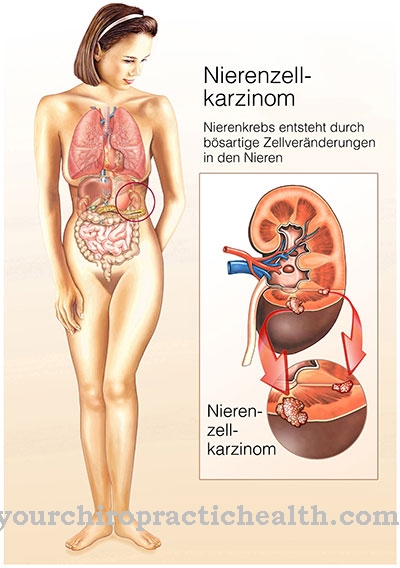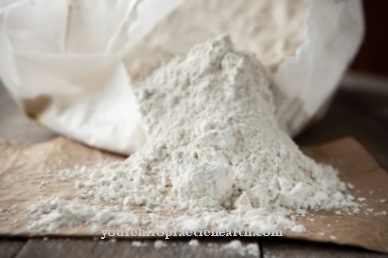The liver is the largest gland in the human organism. In addition, it is a vital organ because the Liver metabolism is at the center of the entire metabolism.
What is liver metabolism?

The liver metabolism does not only play an important role in the detoxification of the blood. The liver is also able to store nutrients in the blood. Thus, in the event of a deficiency, the affected cells can be supplied with nutrients again via the blood. The liver consequently controls the metabolism of glucose, proteins and fats.
For example, when the body is under-supplied with glucose, the liver breaks down glycogen stores and releases glucose into the blood. Previously, glucose was converted into glycogen and stored. Vitamins can also be stored in the liver when the body does not need them immediately.
Function & task
Without the liver, metabolism in the human body could not function properly. For example, if the blood sugar level drops, the liver can put glucose (grape sugar) back into the blood. The liver also produces the coagulation factors that are required in the event of injuries so that the blood can clot. If inflammation occurs in the body, the liver can produce C-reactive protein (CRP). Furthermore, proteins are formed by the metabolic organ, which are required for the transport of fats and hormones in the blood. The liver also produces the body's own cholesterol, which is required for the formation of bile. The liver produces one liter of bile per day. Only then can the fats in the food be digested.
In addition to its function as a metabolic organ, the liver is also a very important detoxification organ. During the metabolism, toxic substances repeatedly arise in the organism, which have to be broken down. The liver converts these into harmless substances. For example, poisonous ammonia turns into urea, which is no longer dangerous for the body. Its most famous function is the breakdown of alcohol. For every ten kilograms of body weight, the liver manages to convert 1 gram of alcohol into non-toxic acetic acid.
Ultimately, however, the breakdown of alcohol creates fat, which means that excessive alcohol consumption leads to higher levels of fat in the body.
The liver can also filter substances from the blood. These include hormones, old or defective cells and bacteria. Water-insoluble substances are excreted via the intestine and water-soluble substances via the blood, the kidneys and finally the urine. For example, drugs that have fulfilled their function are removed from the body.
From the seventh month of pregnancy, the liver is also responsible for blood formation in the fetus. This shows how diverse and vital the liver metabolism is.
Illnesses & ailments
If the liver receives more pollutants than it can break down, it can lead to so-called fatty liver. With an increased amount of pollutants, the liver needs almost all of the oxygen in the blood. From this point onwards, fat burning is severely restricted, which is why the fat is stored in the liver. This increases the size of the detoxification organ and can occasionally lead to a feeling of pressure in the right upper abdomen on the costal arch. However, most patients usually do not feel it.
Fatty liver occurs primarily in people who are overweight, addicted to alcohol or have diabetes. Sometimes it can also occur during pregnancy. With fatty liver, the liver function is not yet impaired, which is why weight reduction, alcohol withdrawal and a low-carbohydrate diet can lead to a regression of the fatty liver.
There are also different forms of liver inflammation (hepatitis). The forms and causes are varied, but the inflammation is most often transmitted by viruses. A distinction is made between hepatitis A, B, C, D and E.
At first, flu-like symptoms occur in such a disease, which are accompanied by pain under the right costal arch. In the further course it often comes to jaundice, in which the eyeballs and the skin show a yellowish hue. The inflammation of the liver also affects the formation of bile, which is why the feces are discolored and the urine becomes darker.
Years of alcohol or drug abuse or inflammation of the liver can result in cirrhosis of the liver. At this stage, connective tissue develops at the site of the dead glandular tissue, which permanently damages the liver function. With liver cirrhosis, patients often suffer from tiredness and gastrointestinal complaints. The hormone balance can also be disrupted.
Since the blood flow is also impaired, ascites, hemorrhoids and varicose veins in the abdomen and esophagus can also occur. Varicose veins in the esophagus can sometimes cause fatal bleeding. Here, too, patients often feel a feeling of pressure in the lower right costal arch and the skin gets "dermis" signs.
Since the central nervous system is also affected, cirrhosis of the liver can lead to inner restlessness, memory disorders and even a dangerous hepatic coma. This liver disease has no cure and increases the risk of liver cancer. Liver cancer is particularly tricky as the symptoms usually appear very late. Every year around 6000 people across Germany develop it.

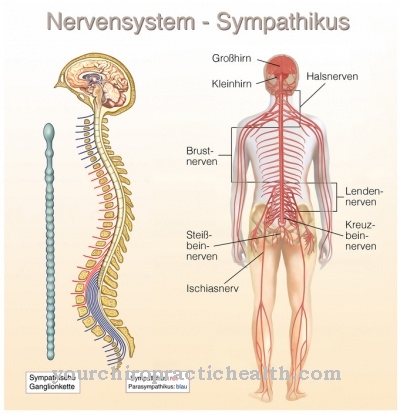

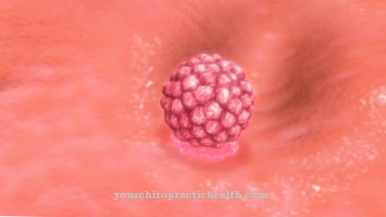

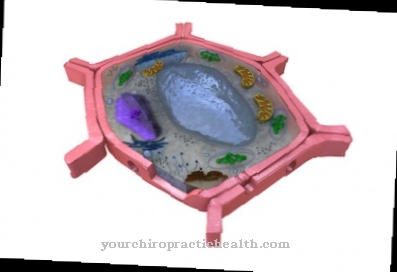



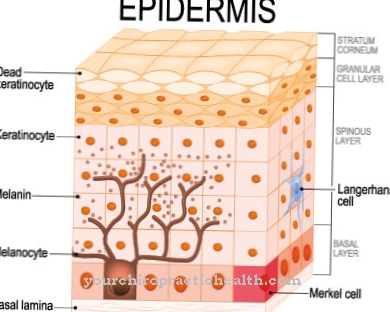
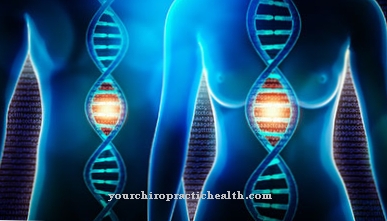
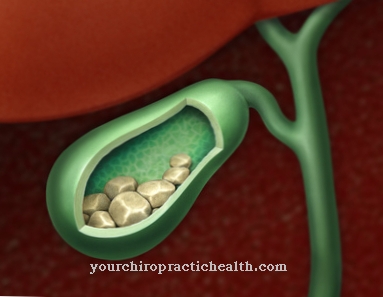


.jpg)
